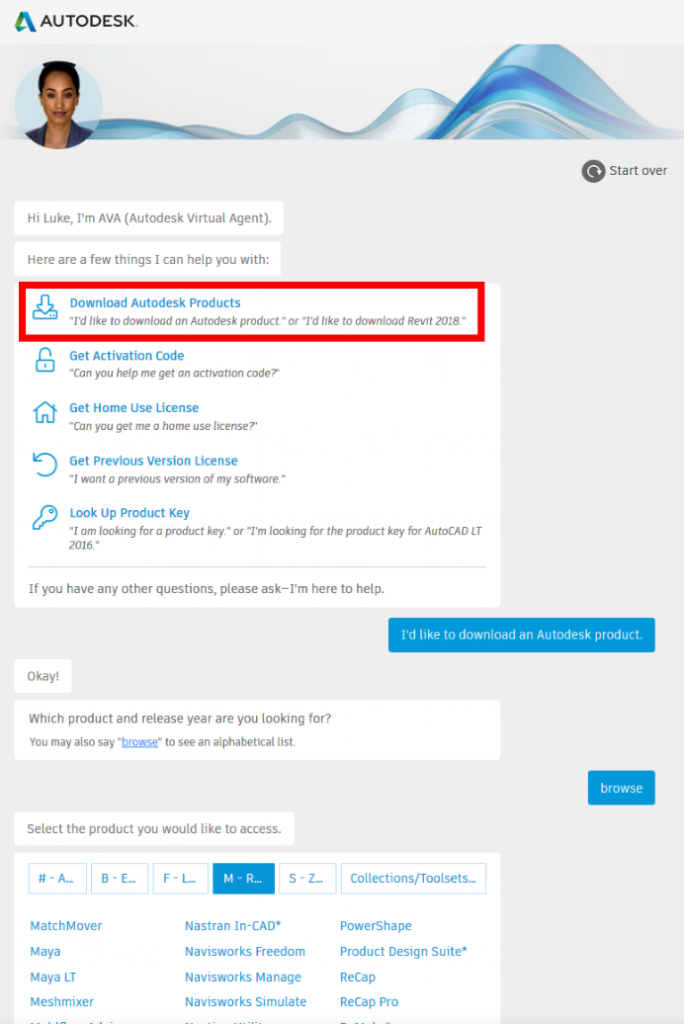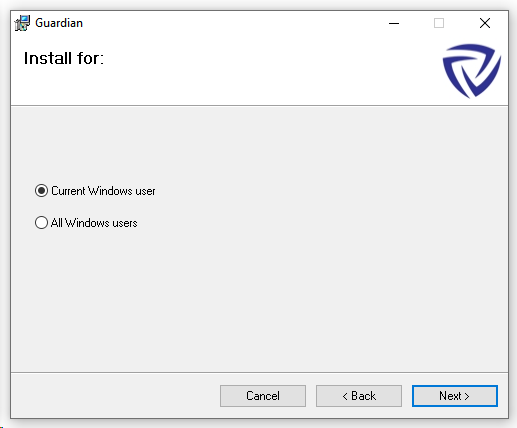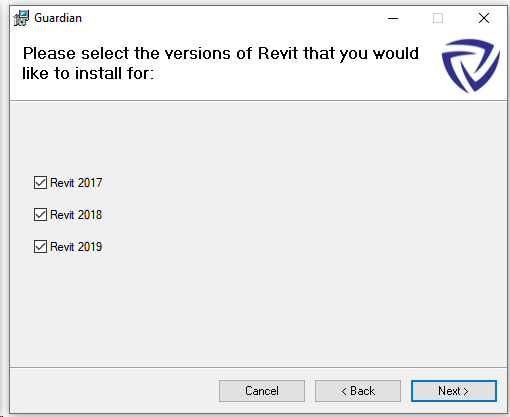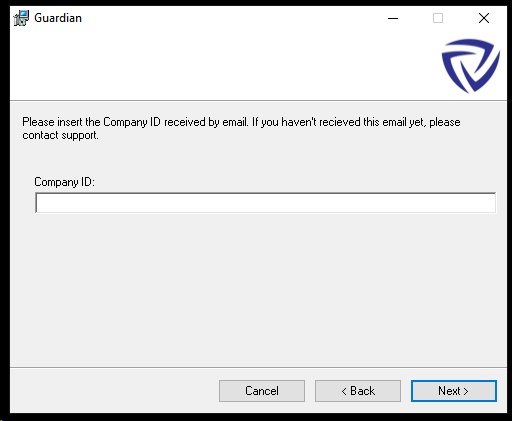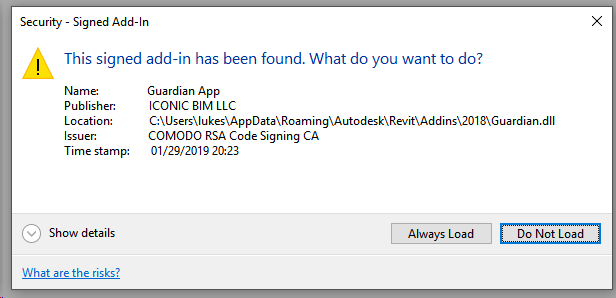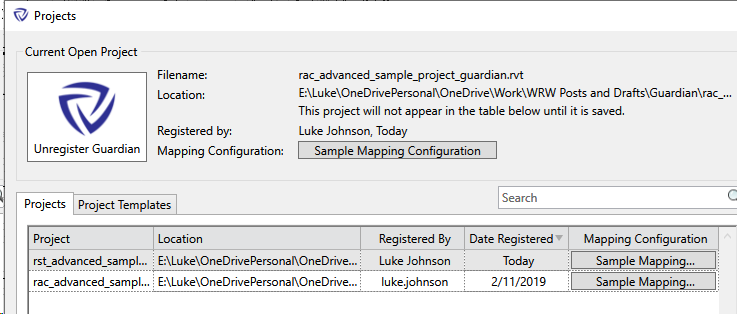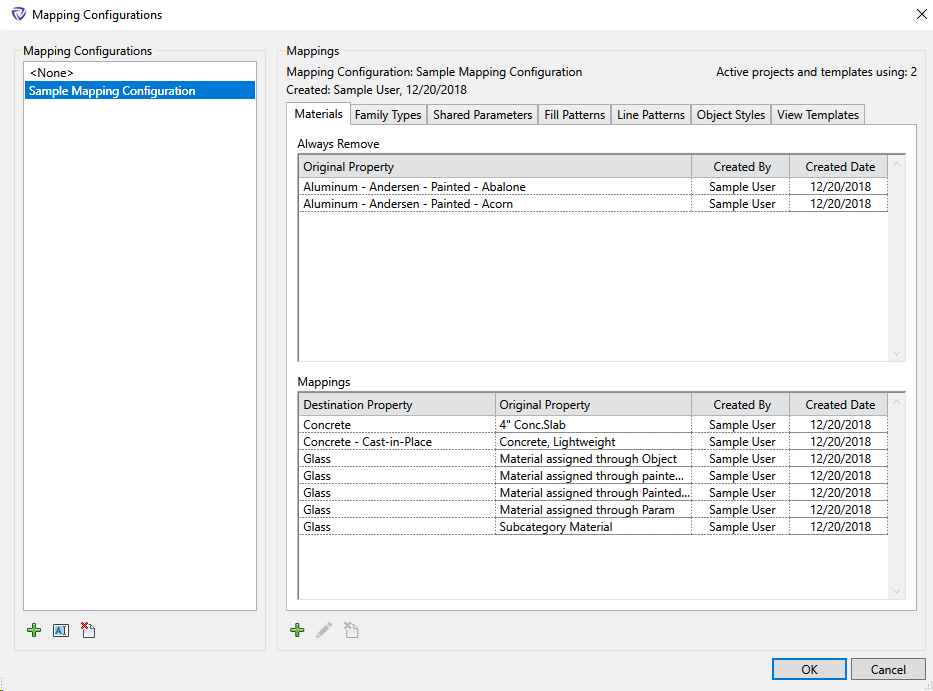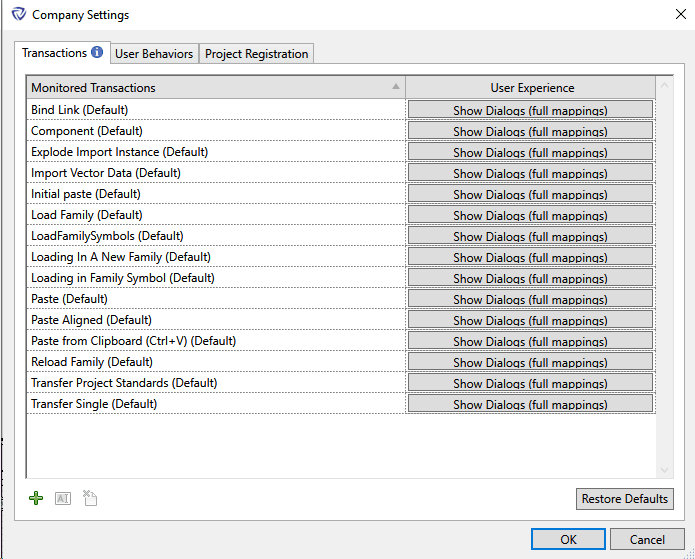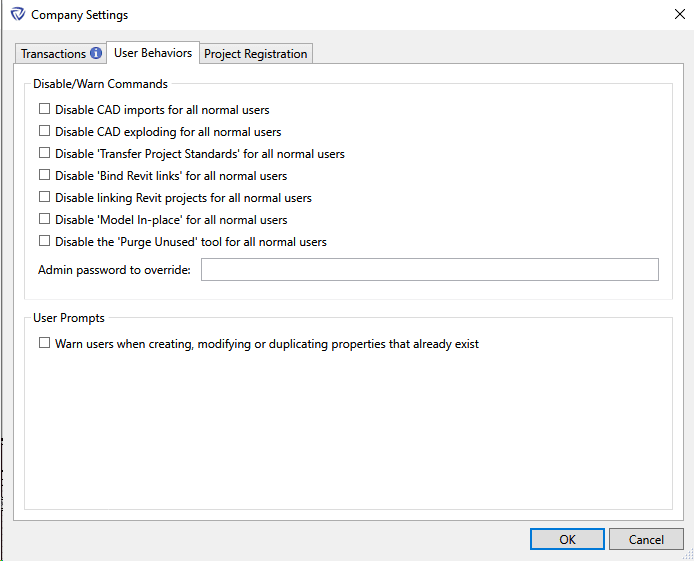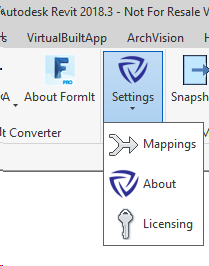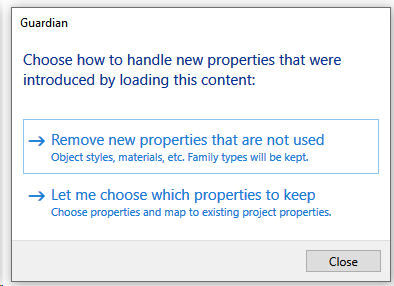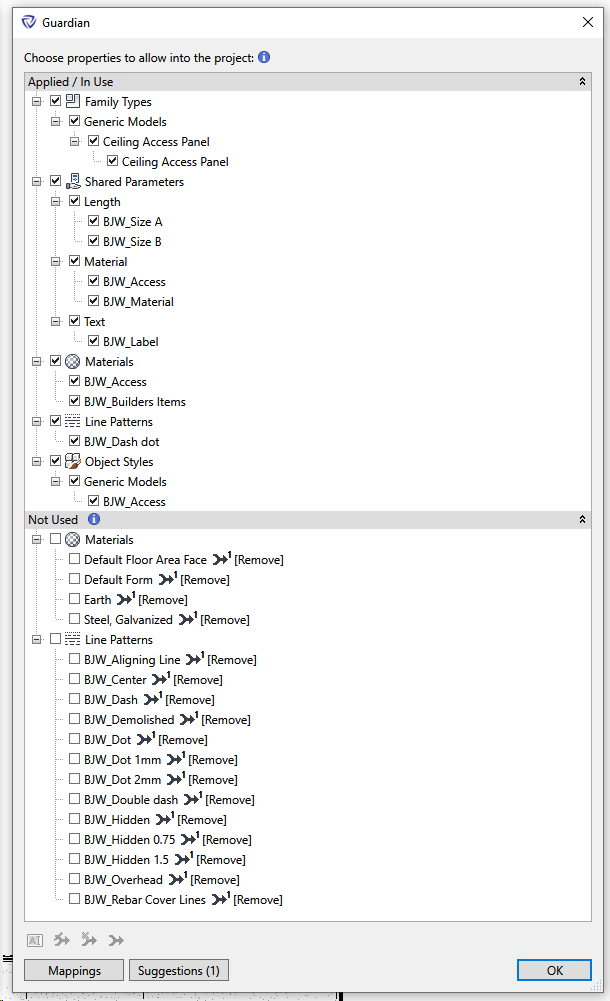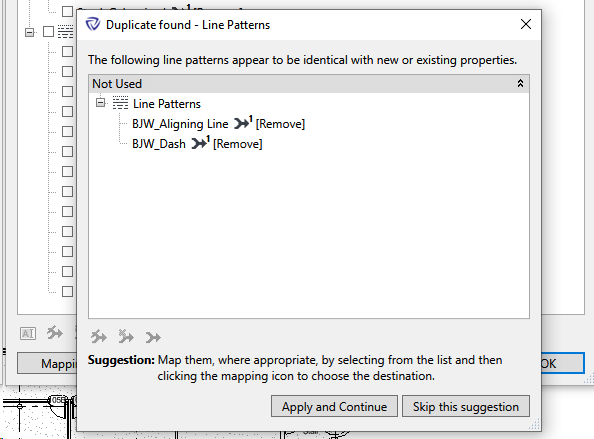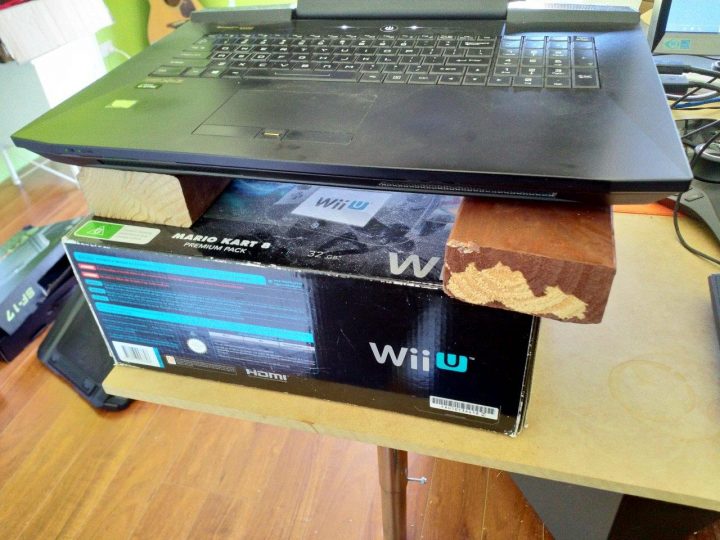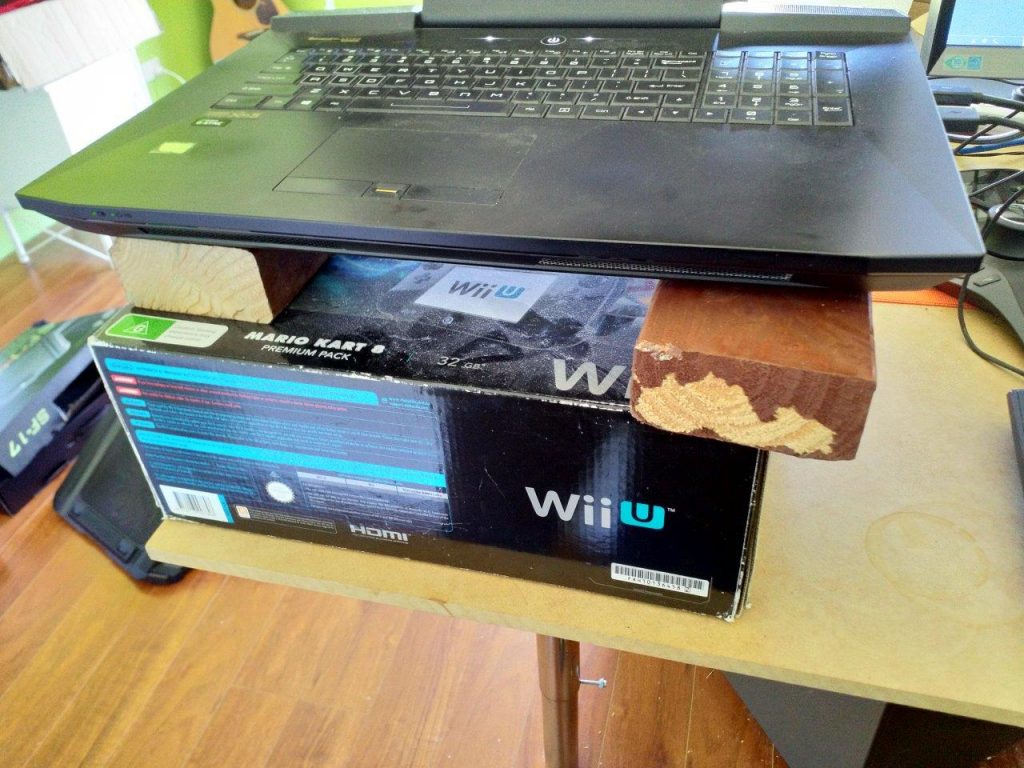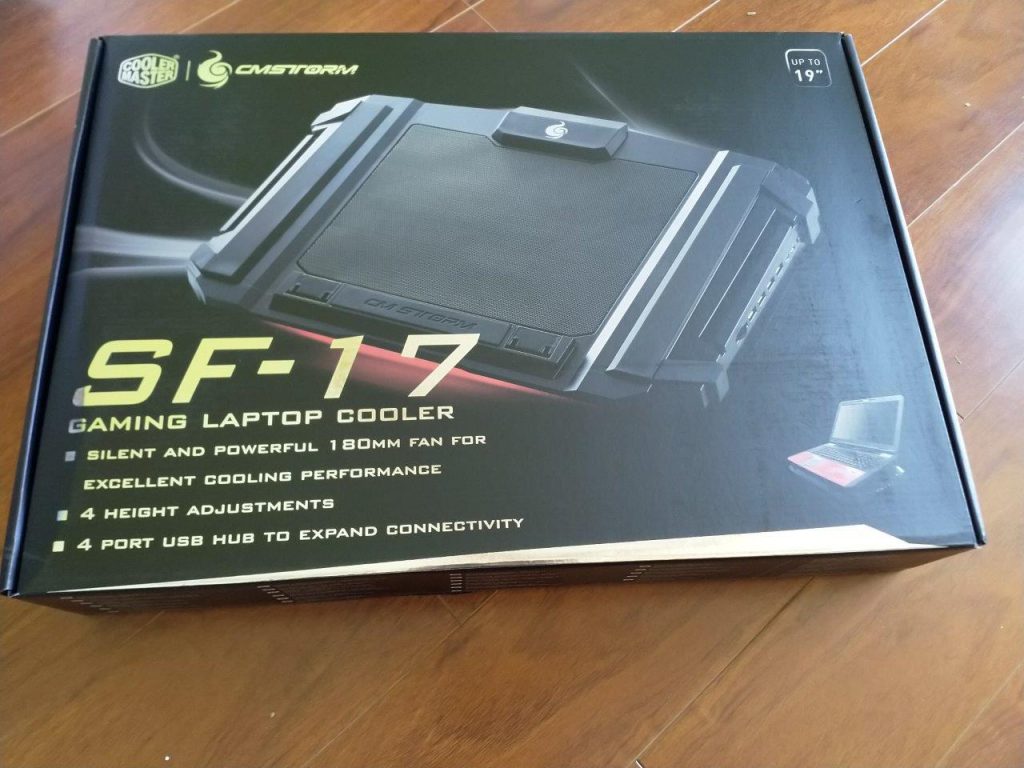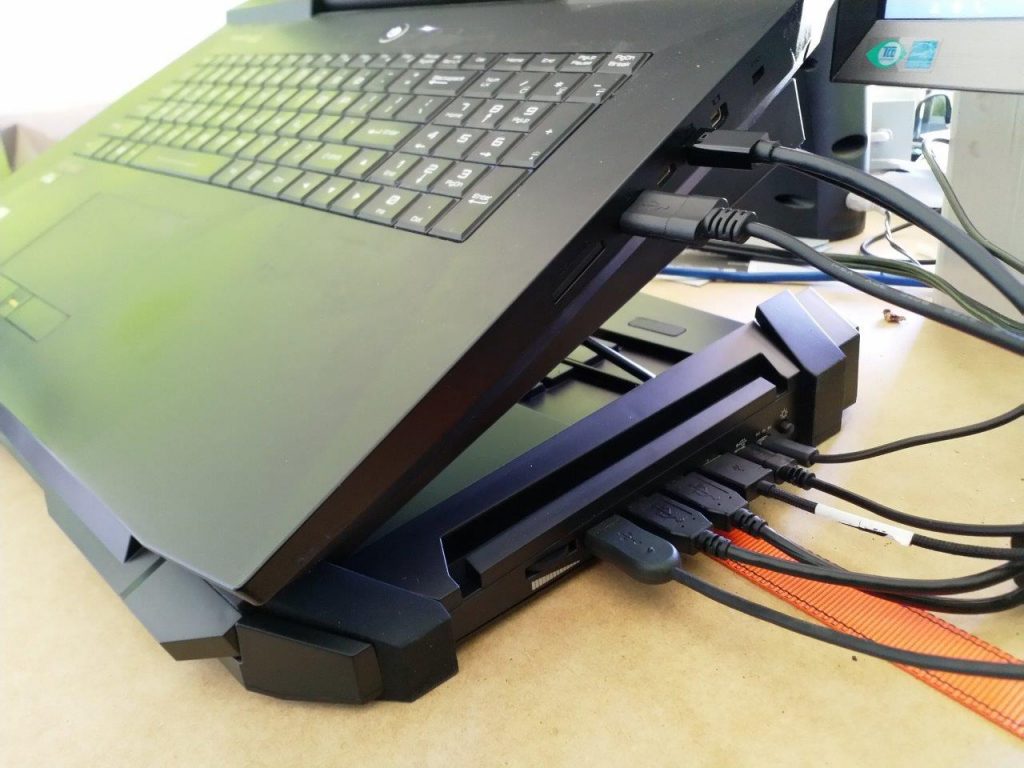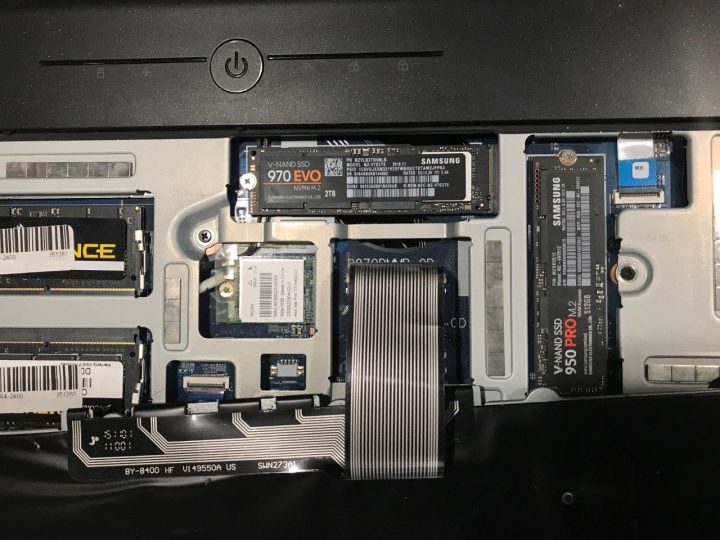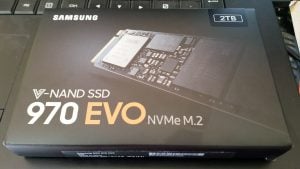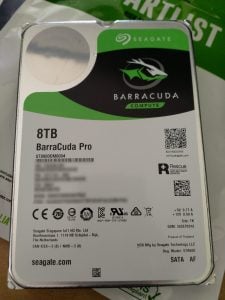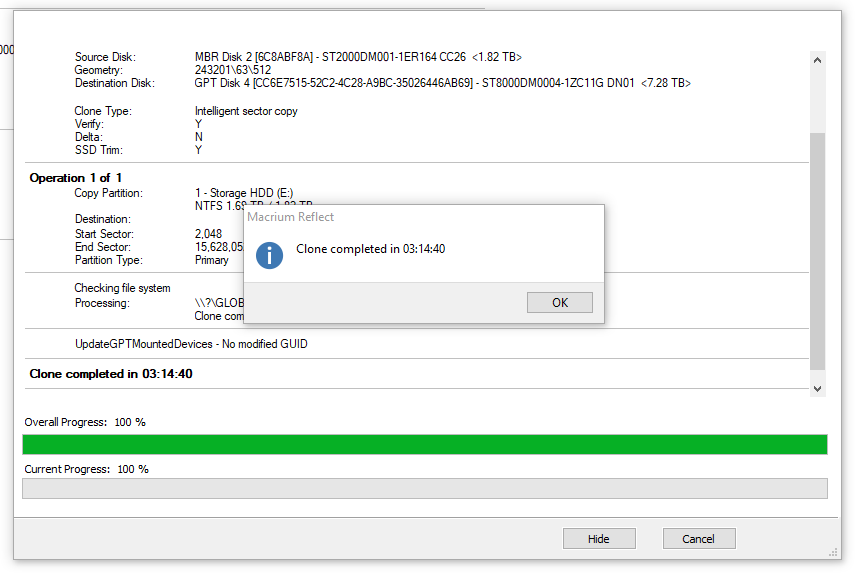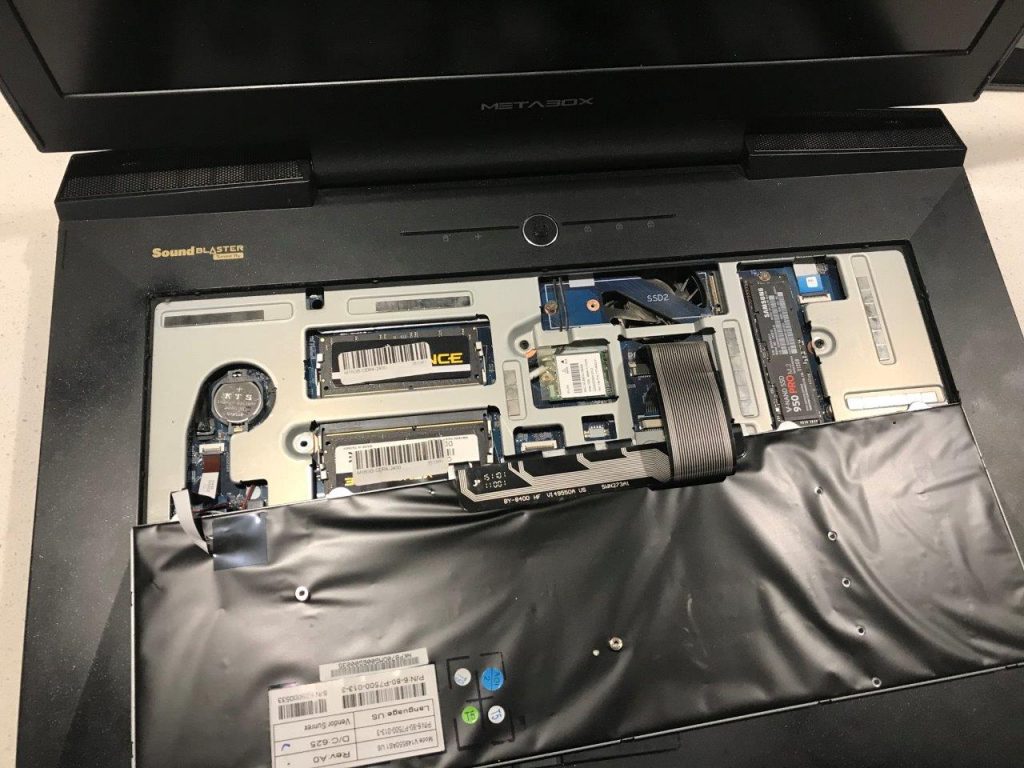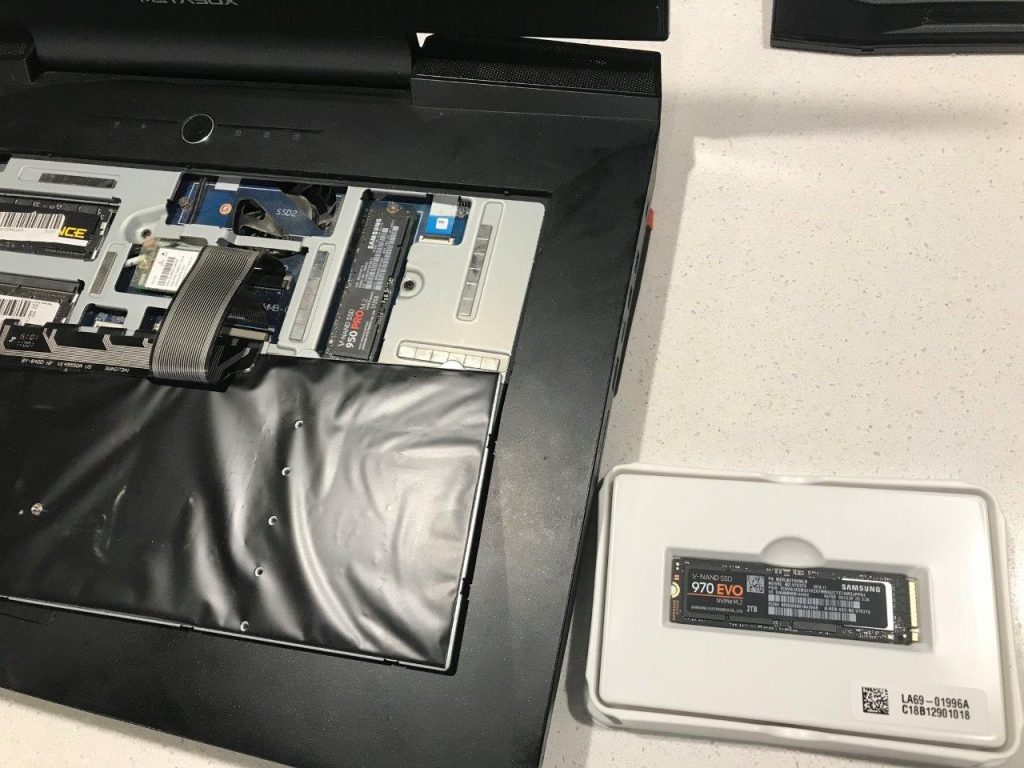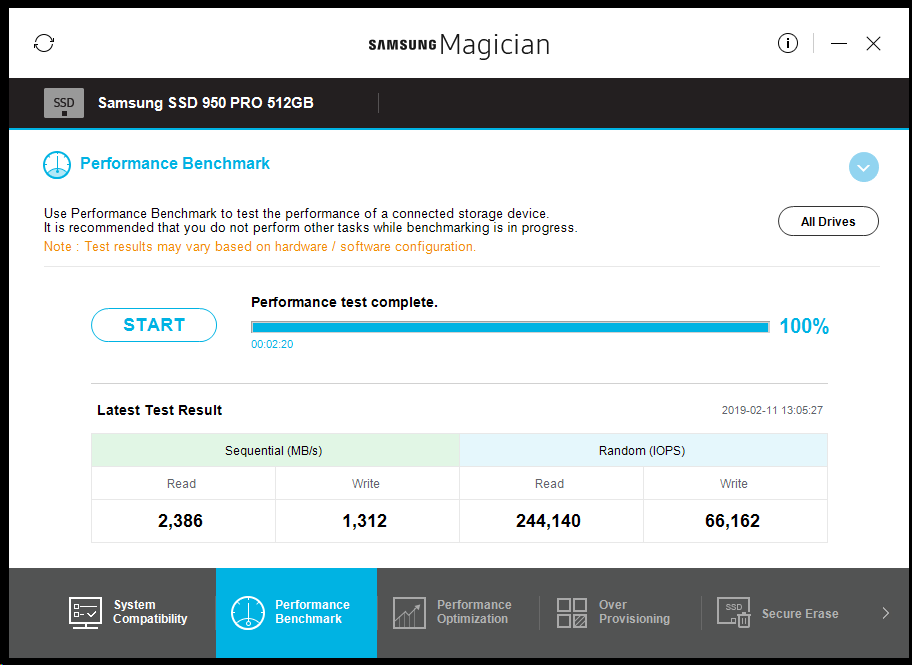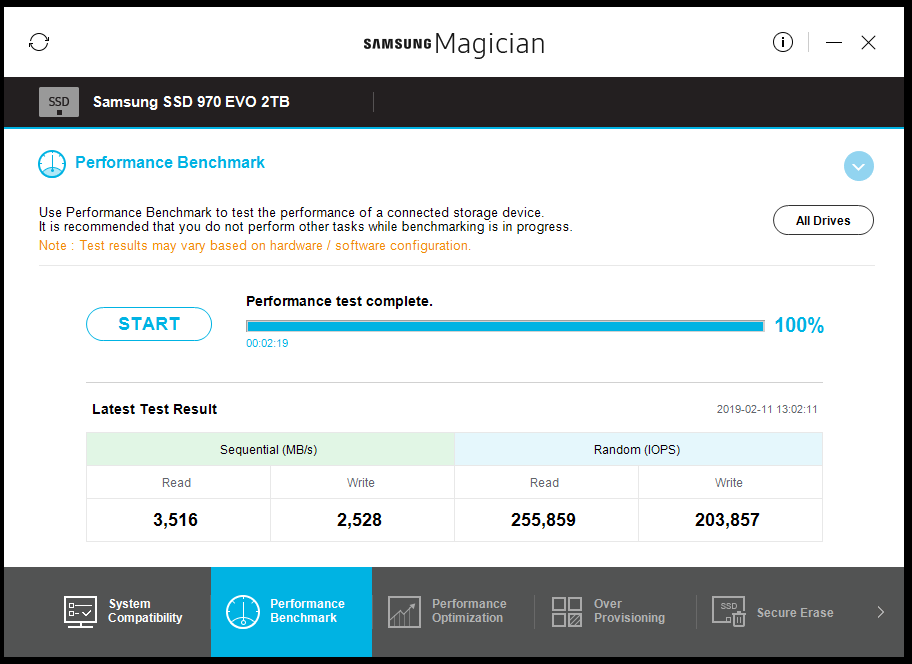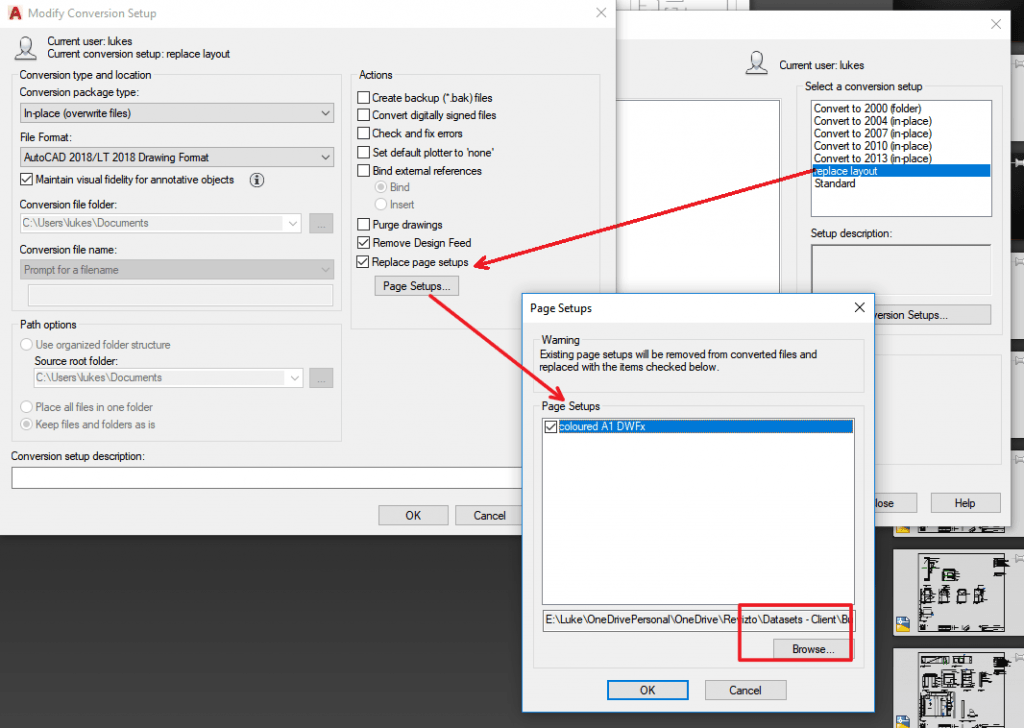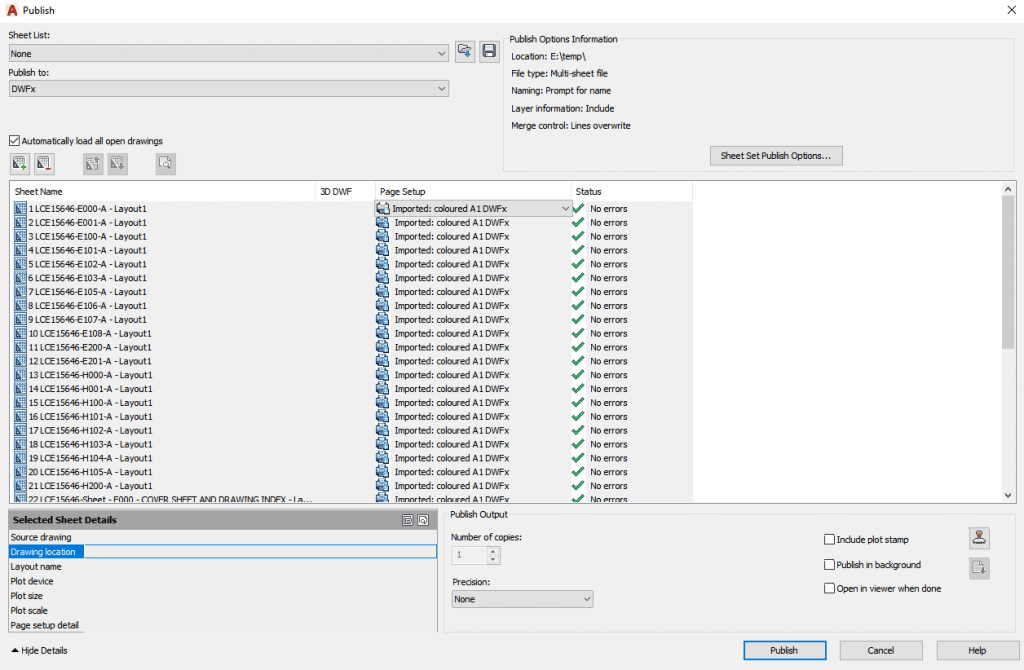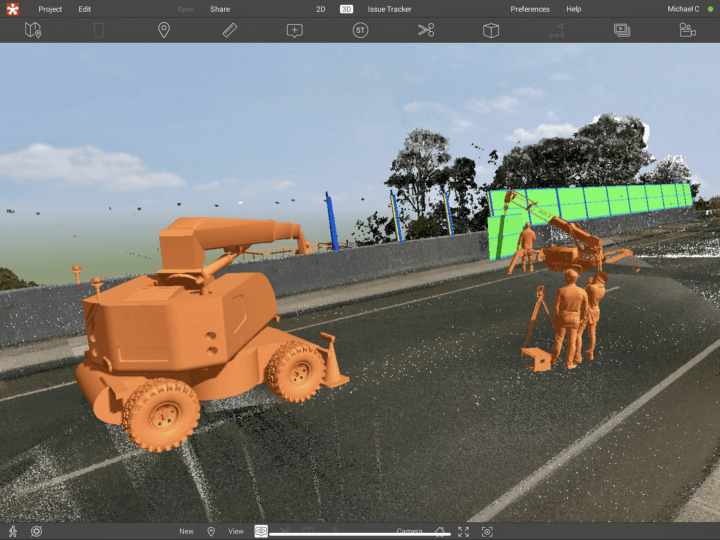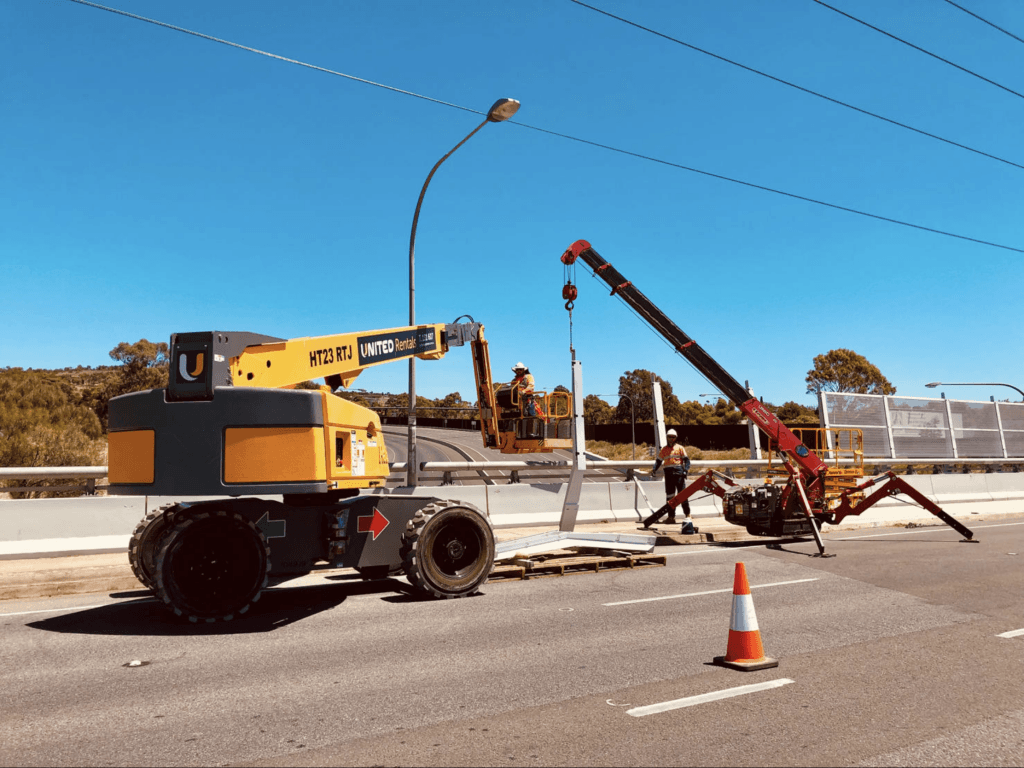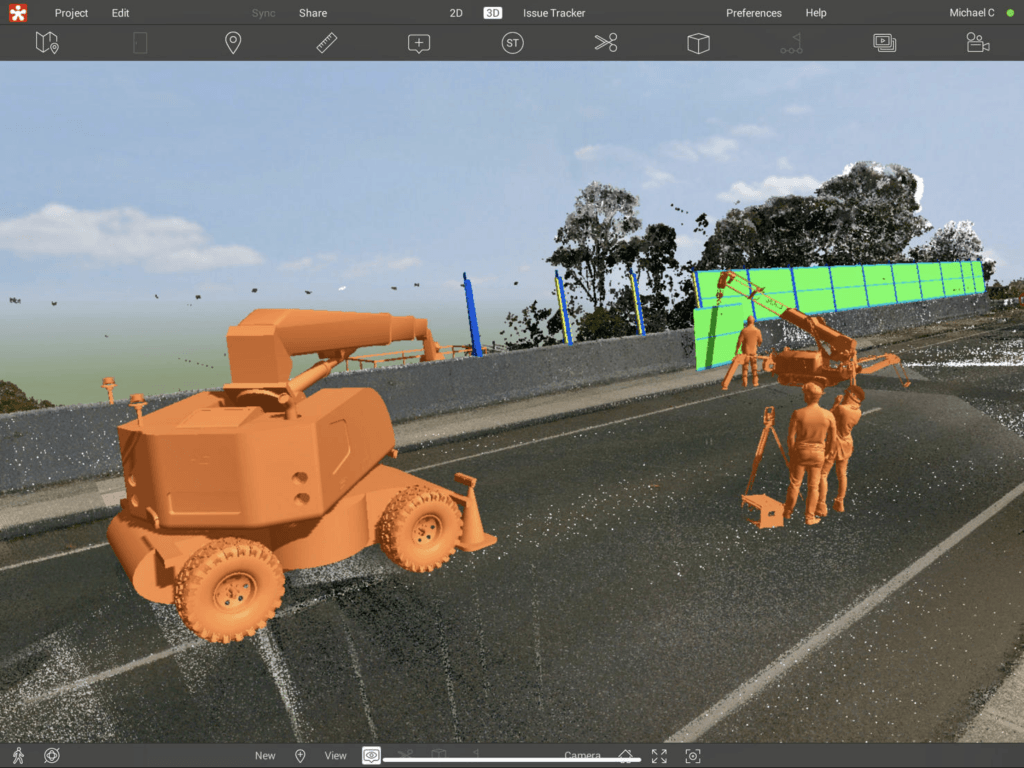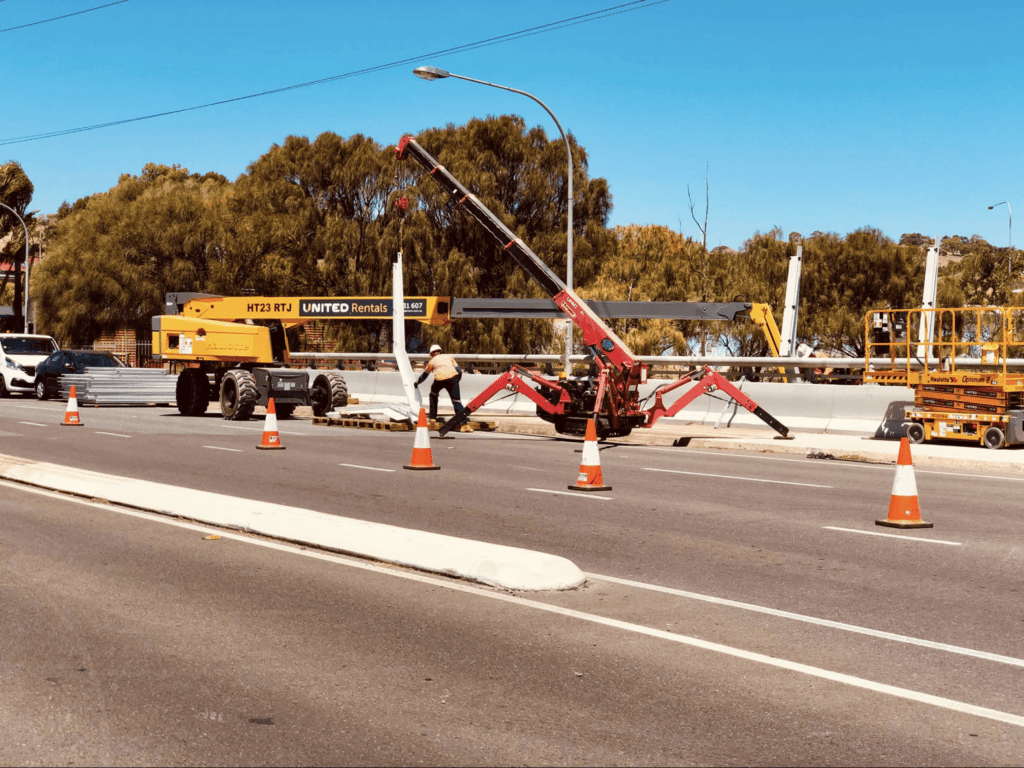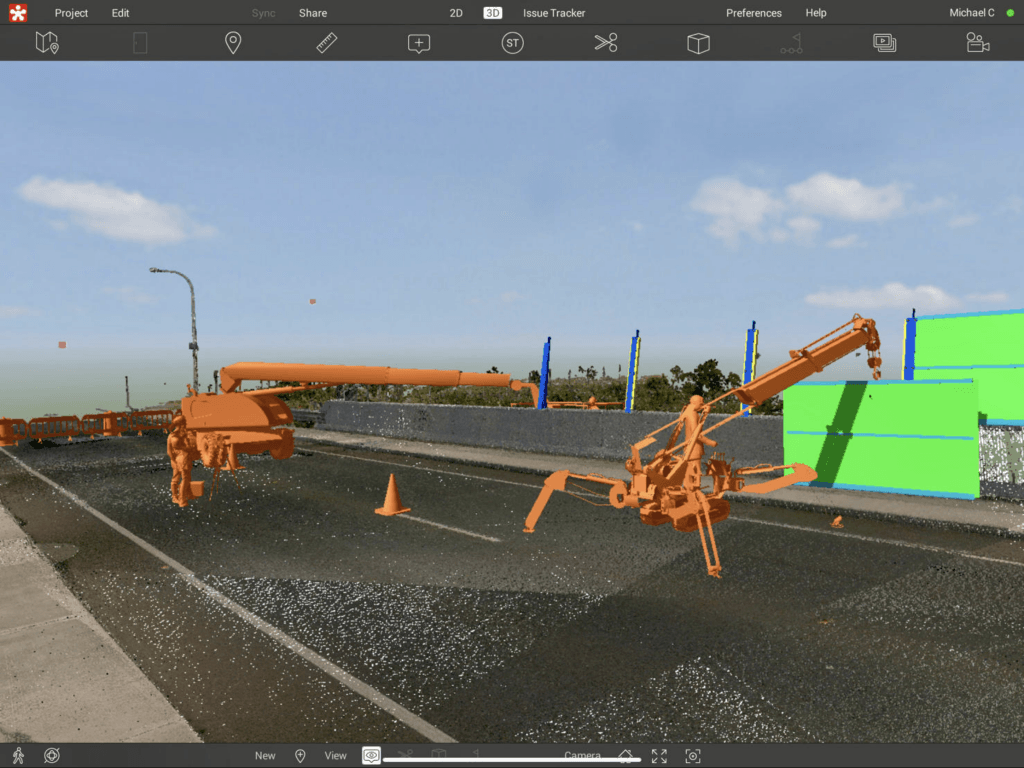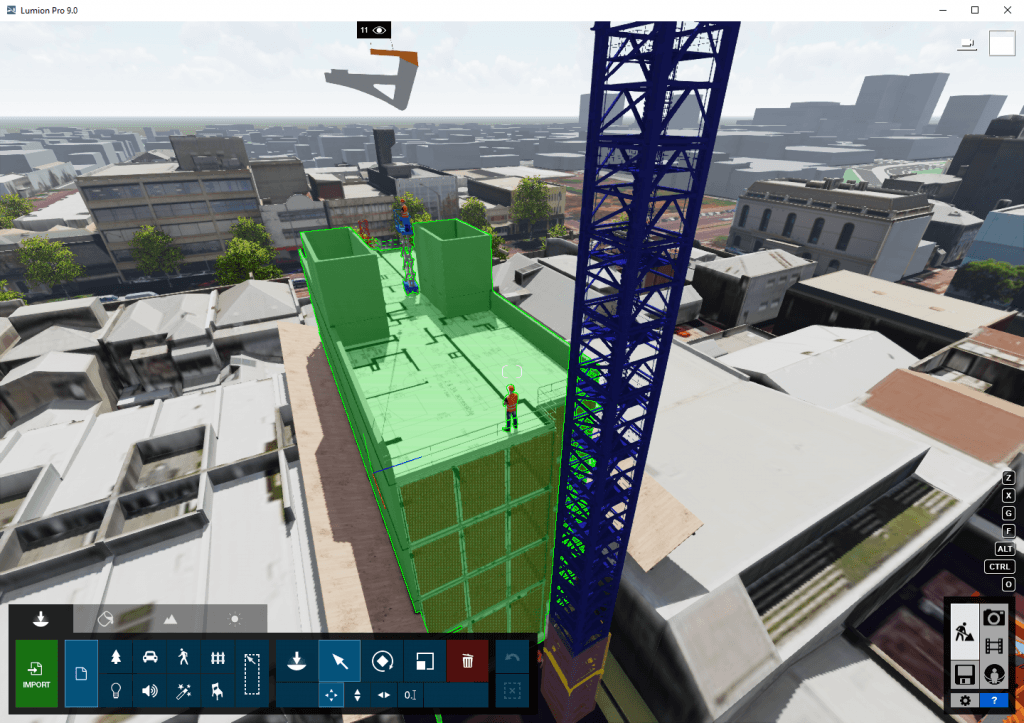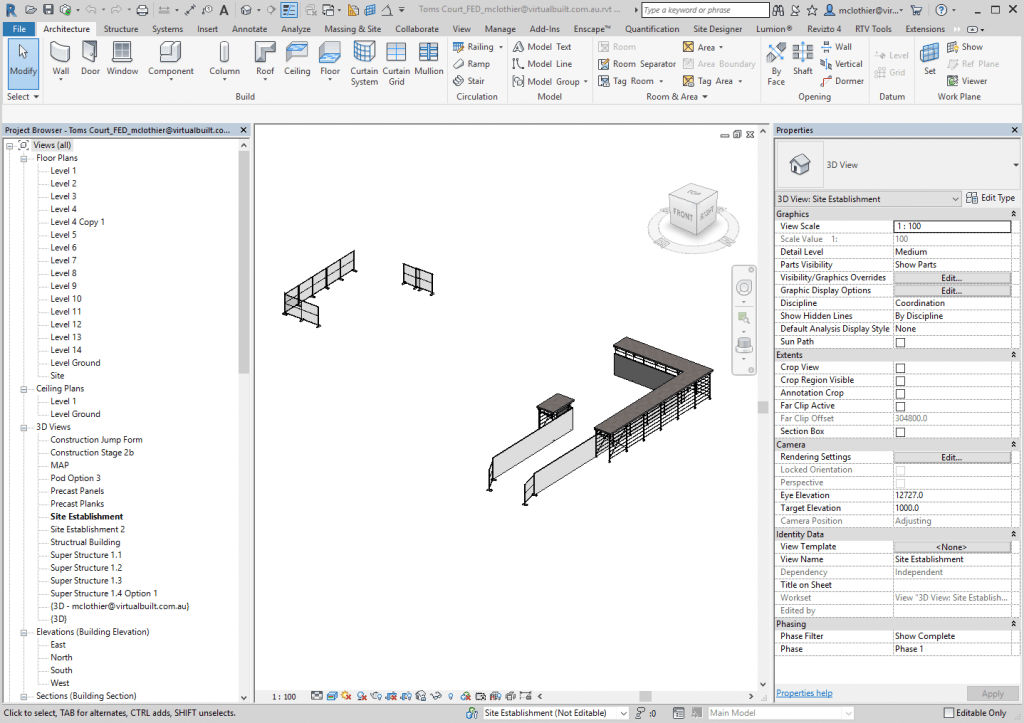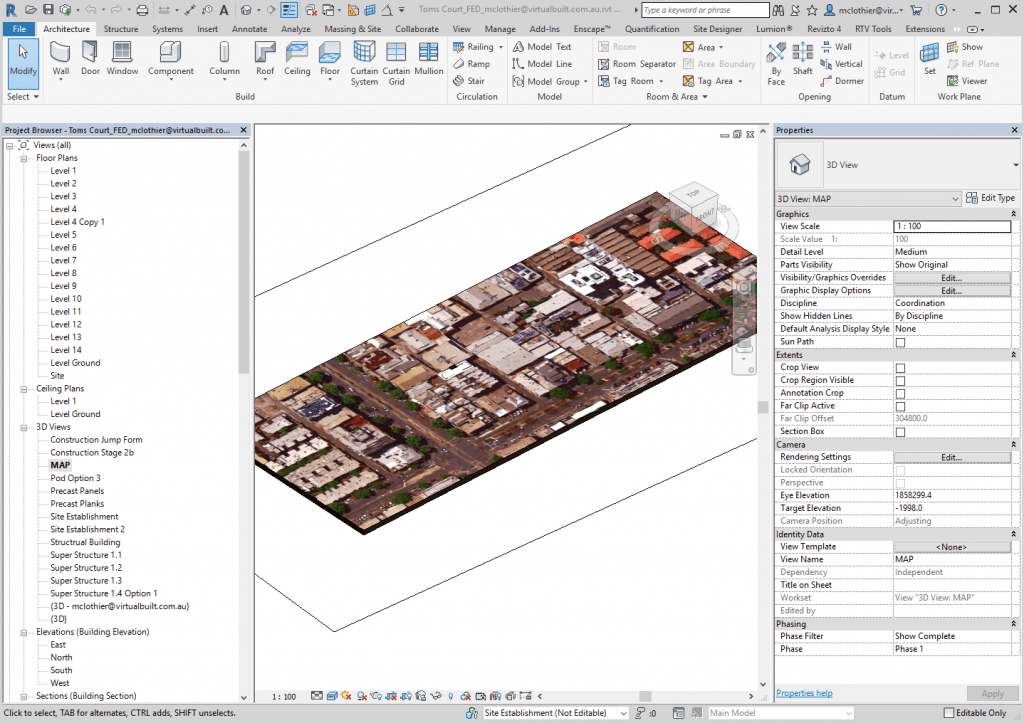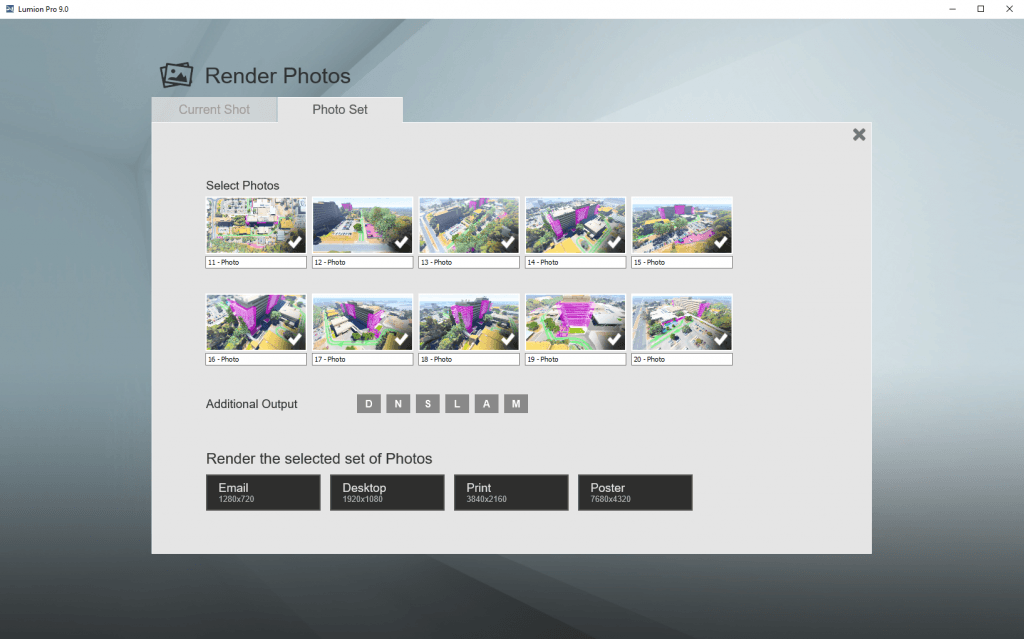The 2020 release season is here…
Links are for Autodesk 2020 trial versions, you will need your own official Autodesk licenses to activate.
Autodesk Revit 2020 Direct Download Links – WIN 64 – EN
https://trial2.autodesk.com/NetSWDLD/2020/RVT/DEB896FF-86A4-4C44-89A4-46C550BEDB60/SFX/Revit_2020_G1_Win_64bit_dlm_001_007.sfx.exeNo Title
No Description
No Title
No Description
No Title
No Description
No Title
No Description
https://trial2.autodesk.com/NetSWDLD/2020/RVT/DEB896FF-86A4-4C44-89A4-46C550BEDB60/SFX/Revit_2020_G1_Win_64bit_dlm_007_007.sfx.exeNo Title
No Description
Revit LT 2020 Direct Download Links
http://trial2.autodesk.com/NetSWDLD/2020/RVTLT/1AE76102-B066-40B6-B420-7119BE7E8FCD/SFX/RevitLT_2020_G1_Win_64bit_dlm_001_004.sfx.exeNo Title
No Description
No Title
No Description
No Title
No Description
Navisworks Manage 2020 Direct Download Links
http://trial2.autodesk.com/NetSWDLD/2020/NAVMAN/89ED309E-DEA4-4070-9CE7-DB285722CD73/SFX/Autodesk_Navisworks_Manage_2020_Multilingual_Win_64bit_dlm_001_002.sfx.exe http://trial2.autodesk.com/NetSWDLD/2020/NAVMAN/89ED309E-DEA4-4070-9CE7-DB285722CD73/SFX/Autodesk_Navisworks_Manage_2020_Multilingual_Win_64bit_dlm_002_002.sfx.exe
Autodesk Navisworks Simulate 2020 Direct Download Links
https://trial2.autodesk.com/NetSWDLD/2020/NAVSIM/57A5CFFD-773D-4741-8DF6-CE51F5847396/SFX/Autodesk_Navisworks_Simulate_2020_Multilingual_Win_64bit_dlm_001_002.sfx.exe https://trial2.autodesk.com/NetSWDLD/2020/NAVSIM/57A5CFFD-773D-4741-8DF6-CE51F5847396/SFX/Autodesk_Navisworks_Simulate_2020_Multilingual_Win_64bit_dlm_002_002.sfx.exe
Autodesk Screencast 3.6 – free screen recording utility for AutoCAD+LT 2013-2020, Inventor+LT 2014-2020, Revit 2013-2020, Fusion 360, InfraWorks, SimStudio (Win)
http://download.autodesk.com/us/support/files/screencast_app/ScreencastSetup_V3.6.exe
DWG TrueView 2020:: free AutoCAD DWG file viewer, version converter and measure tool (any DWG version, incl. DWG2018; for Windows 10/8.1/7)
https://trial2.autodesk.com/NetSWDL…7D/SFX/DWGTrueView_2020_Enu_64bit_dlm.sfx.exe
Autodesk AutoCAD 2020:
http://trial2.autodesk.com/NetSWDLD/2020/ACD/DD1F773A-1D42-4410-B712-ADFFB842921D/SFX/AutoCAD_2020_English_win_64bit_dlm.sfx.exe
http://trial2.autodesk.com/NetSWDLD/2020/ACD/DD1F773A-1D42-4410-B712-ADFFB842921D/SFX/AutoCAD_2020_English_win_64bit_dlm.sfx.exe
AutoCAD LT 2020:
http://trial2.autodesk.com/NetSWDLD/2020/ACDLT/7F468CAC-1BC9-4C74-8B11-E85973E5059E/SFX/AutoCAD_LT_2020_SWL_English_Win_64bit_dlm.sfx.exe
AutoCAD Architecture 2020:
http://trial2.autodesk.com/NetSWDLD/2020/ARCHDESK/6B7B4098-B868-4BC5-BAE9-55023FD693EB/SFX/AutoCAD_Architecture_2020_English_Win_64bit_dlm_001_002.sfx.exe
http://trial2.autodesk.com/NetSWDLD/2020/ARCHDESK/6B7B4098-B868-4BC5-BAE9-55023FD693EB/SFX/AutoCAD_Architecture_2020_English_Win_64bit_dlm_002_002.sfx.exe
AutoCAD Electrical 2020:
http://trial2.autodesk.com/NetSWDLD/2020/ACAD_E/E6E5783E-9B32-4275-AC81-05FEFB14EA74/SFX/AutoCAD_Electrical_2020_English_Win_64bit_dlm_001_002.sfx.exe
http://trial2.autodesk.com/NetSWDLD/2020/ACAD_E/E6E5783E-9B32-4275-AC81-05FEFB14EA74/SFX/AutoCAD_Electrical_2020_English_Win_64bit_dlm_002_002.sfx.exe
AutoCAD Mechanical 2020:
http://trial2.autodesk.com/NetSWDLD/2020/AMECH_PP/0AF6D34F-9E17-4473-B268-A4E11BC0A93F/SFX/AutoCAD_Mechanical_2020_English_Win_64bit_dlm.sfx.exe
AutoCAD MEP 2020:
http://trial2.autodesk.com/NetSWDLD/2020/BLDSYS/95E105B8-ECE3-4B07-A05D-4C76E43BD40B/SFX/AutoCAD_MEP_2020_English_Win_64bit_dlm_001_002.sfx.exe
http://trial2.autodesk.com/NetSWDLD/2020/BLDSYS/95E105B8-ECE3-4B07-A05D-4C76E43BD40B/SFX/AutoCAD_MEP_2020_English_Win_64bit_dlm_002_002.sfx.exe
AutoCAD MAP 2020:
http://trial2.autodesk.com/NetSWDLD/2020/MAP/1666DE37-3355-46E6-A1C8-69AB3F5F0417/SFX/AutoCAD_Map_2020_English_Win_64bit_dlm.sfx.exe
AutoCAD Plant3D 2020:
http://trial2.autodesk.com/NetSWDLD/2020/PLNT3D/1896C40C-5BF8-4FB2-92D2-1F5D732E992A/SFX/AutoCAD_Plant_3D_2020_English_Win_64bit_dlm_001_002.sfx.exe
http://trial2.autodesk.com/NetSWDLD/2020/PLNT3D/1896C40C-5BF8-4FB2-92D2-1F5D732E992A/SFX/AutoCAD_Plant_3D_2020_English_Win_64bit_dlm_002_002.sfx.exe
AutoCAD Raster Design 2020:
http://trial2.autodesk.com/NetSWDLD/2020/ARDES/361F4178-3CAC-4794-A841-7FB6F900B33D/SFX/AutoCAD_Raster_Design_2020_English_Win_64bit_dlm.sfx.exe
Inventor Professional 2020: English links:
http://trial2.autodesk.com/NetSWDLD…ro_2020_English_Win_64bit_dlm_001_003.sfx.exe
http://trial2.autodesk.com/NetSWDLD…ro_2020_English_Win_64bit_dlm_002_003.sfx.exe
http://trial2.autodesk.com/NetSWDLD…ro_2020_English_Win_64bit_dlm_003_003.sfx.exe
Inventor LT 2020: English links:
https://trial2.autodesk.com/NetSWDL…nventor_LT_2020_English_Win_64bit_dlm.sfx.exe
Autodesk Inventor Nastran 2020 (x64)
http://trial2.autodesk.com/NetSWDLD/2020/NINCAD/E858B3EC-14C0-4348-A649-7DE22DE14DD8/SFX/Autodesk_Inventor_Nastran_2020_R0_Win64_dlm.sfx.exe
Autodesk Point Layout 2020:
http://trial2.autodesk.com/NetSWDLD/2020/PNTLAY/1.2019.03.13/ESD/Autodesk_Point_Layout_2020_Win_32-64bit_en-us.exe
3DSMAX 2020: Multilanguage:
http://trial2.autodesk.com/NetSWDLD…ds_Max_2020_EFGJKPS_Win_64bit_001_002.sfx.exe
http://trial2.autodesk.com/NetSWDLD…ds_Max_2020_EFGJKPS_Win_64bit_002_002.sfx.exe
3ds Max Interactive 2020:
http://trial2.autodesk.com/NetSWDLD…ve_2_2_0_0_EN_Win_64bit_dlm.sfx.exe
AutoCAD Raster Design 2020: English link:
http://trial2.autodesk.com/NetSWDLD…ter_Design_2020_English_Win_64bit_dlm.sfx.exe
Autodesk SketchBook Pro 2020 v8.6.5:
https://trial2.autodesk.com/NetSWDLD/2020/SBPNL/10AACA17-1C6D-4E1B-B6CE-7E2AAB1568AD/SFX/SketchBook_Pro_2020_ML_Win_64bit_dlm.sfx.exe
Vault Basic: English links:
Vault Basic – Client 2020:
http://trial2.autodesk.com/NetSWDLD…EDDE5723A25/SFX/VBC2020_ENU_64bit_dlm.sfx.exe
Vault Basic – Server 2020:
http://trial2.autodesk.com/NetSWDLD…8CB8A042BBD/SFX/VBS2020_ENU_64bit_dlm.sfx.exe
ReCap Pro 2020.0.1: Multilanguage link:
http://trial2.autodesk.com/NetSWDLD…Cap_600110_Multilingual_Win_64bit_dlm.sfx.exe
You can also obtain many of these links through AVA, or this forum thread:
What’s New pages:


